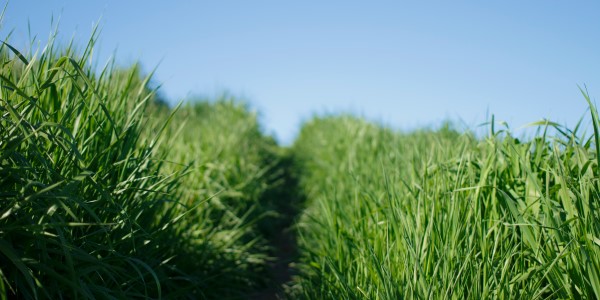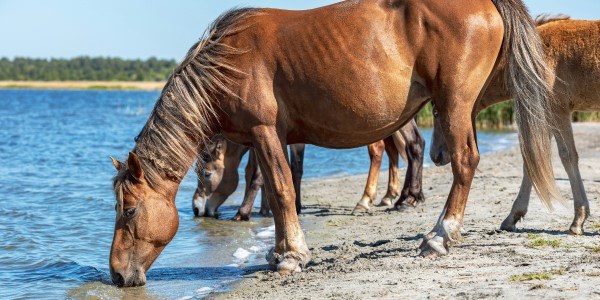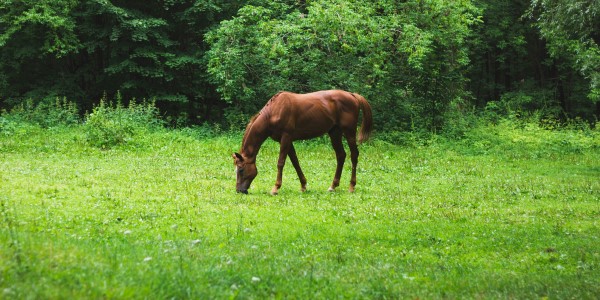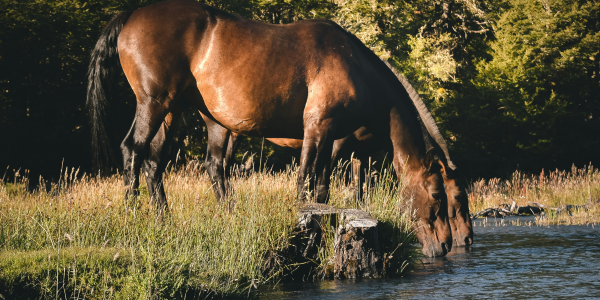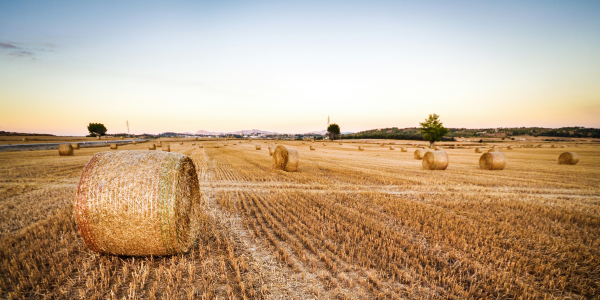Mowing in June is a critical horse pasture maintenance practice. It offers numerous benefits for both your pasture and your horses. One key advantage of mowing is weed control. During June, many weeds begin to mature and spread seeds. By mowing at this time, you can prevent these weeds from proliferating and competing with desirable forage grasses. Regular mowing helps maintain a healthier pasture. It reduces the weed population and encouraging the growth of nutritious grasses that are beneficial for your horses. Also, if you are looking for a horse property for sale in Colorado, contact Colorado Horse Property today and speak with one of our horse-person realtors.
Horse Pasture Maintenance
Another significant benefit of mowing your horse pasture in June is the promotion of even grass growth. As horses graze, they tend to favor certain areas, leading to uneven grazing patterns and patches of overgrown grass. Mowing evens out these patches, ensuring that all areas of the pasture receive adequate sunlight and air circulation. This uniform growth helps maintain a balanced ecosystem within the pasture. This can also reduce the risk of soil erosion and improve water retention. Moreover, it encourages horses to graze more evenly across the pasture. This leads to more efficient use of the available forage and reduce the need for supplemental feeding.
Mowing in June also helps manage the height of the grass, keeping it at an optimal level for horse health. Tall, overgrown grass can become tough and less palatable, leading horses to avoid it and potentially suffer from reduced forage intake. By mowing to maintain grass at an ideal height of around 4-6 inches, you ensure that the pasture remains lush, tender, and appealing to your horses. This not only supports their nutritional needs but also minimizes the risk of digestive issues that can arise from grazing on overly mature or stemmy forage. Additionally, maintaining a well-mowed pasture enhances its aesthetic appeal, creating a more pleasant environment for both you and your horses to enjoy.


